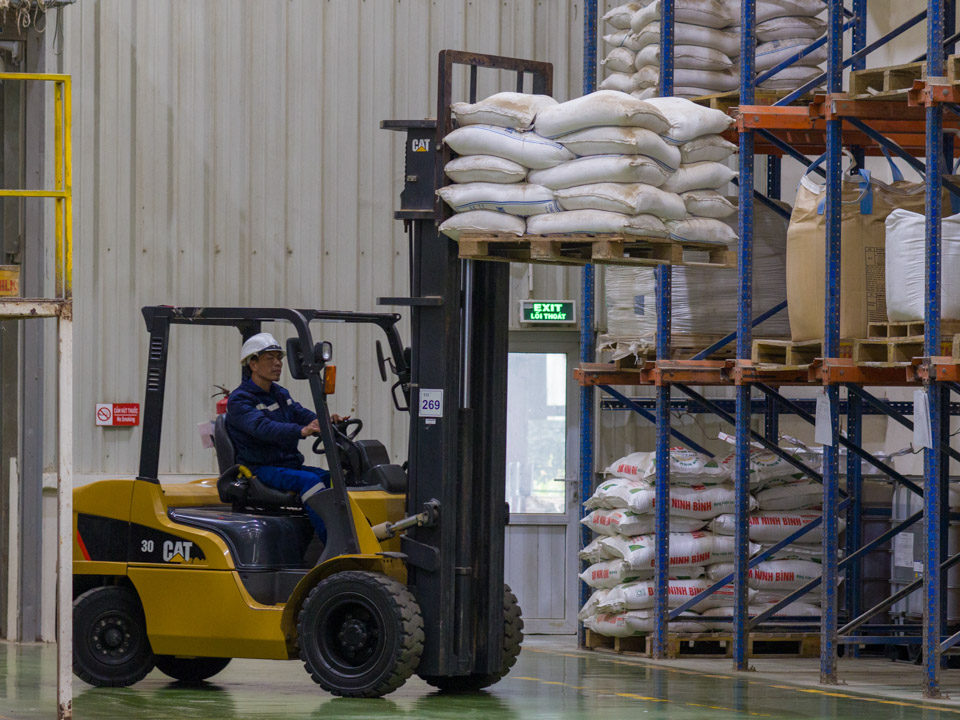HCMC – Vietnam’s manufacturing sector expanded slightly in September, supported by higher new orders and production, though firms continued to cut jobs, a survey showed on Wednesday.
The S&P Global Vietnam Manufacturing Purchasing Managers’ Index (PMI) was unchanged at 50.4, marking the third consecutive month above the 50-point threshold that separates growth from contraction.
New orders increased after dipping in August, while export demand remained weak but showed signs of stabilizing. Respondents said a more stable U.S. tariff policy helped some firms secure overseas business.
“There was good news on the demand front for Vietnamese manufacturers in September as new orders returned to growth and even exports, which have been falling continuously since late last year, showed signs of stabilising. The more certain picture regarding tariffs appears to have helped the demand environment for Vietnamese firms,” said Andrew Harker, economics director at S&P Global Market Intelligence.
Output rose for the fifth month in a row but at the slowest pace since June. Backlogs of work fell sharply, while employment dropped for a 12th straight month as companies did not replace retiring workers.
Firms increased purchases of inputs to support higher output, though inventories of both inputs and finished goods declined. Supplier delivery times lengthened for the 13th month, though delays eased compared with recent months.
Inflationary pressures grew, with input costs rising at the fastest rate since July 2024, linked to higher market prices and currency effects. Selling prices rose at the sharpest pace in 14 months.
While businesses remained optimistic about the year ahead, confidence slipped below the long-term average. Expectations for greater economic stability and public investment were seen as key drivers of future growth.
Demand conditions improved in September, with exports showing signs of stabilizing after nearly a year of decline. However, price pressures could start to restrict demand if the trend continues.
“Something to watch out for in the months ahead is the picture around inflation. Rates of increase in firms’ input costs and selling prices have been steadily strengthening in recent months. If this trend continues, we may start to see price pressures restricting demand,” Harker added.









